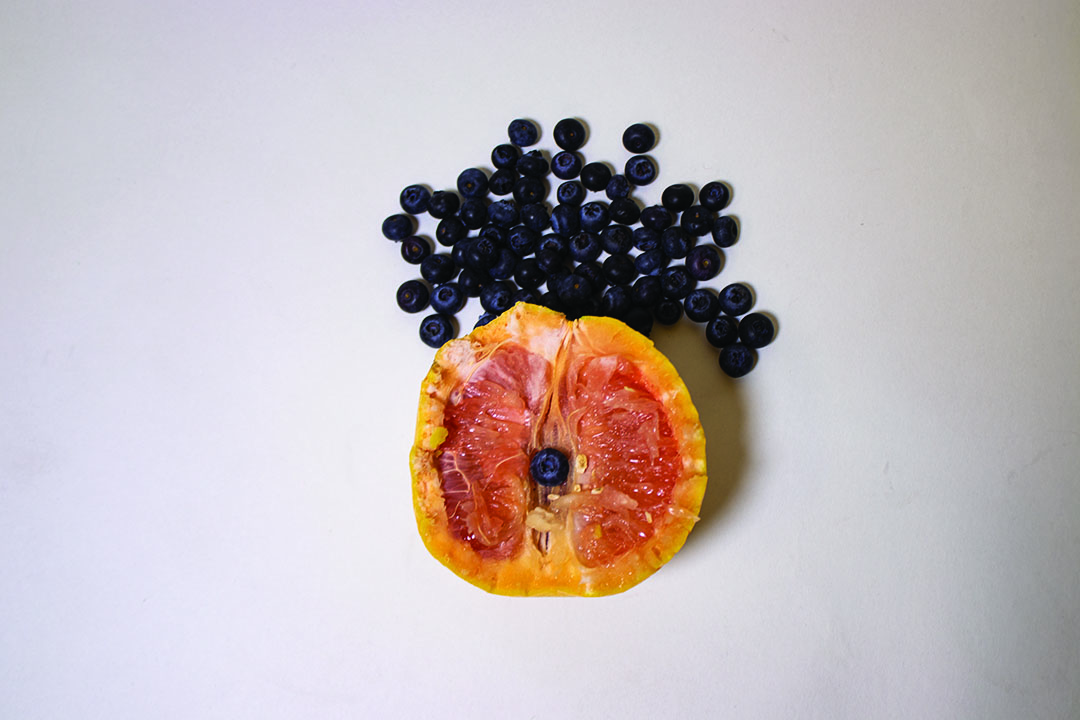Being ashamed of your vagina is not a good feeling. Take it from someone whose Google search history has often contained the question, “What should a vagina look like?” And, when those searches failed: “What should a vagina look like — not porn?”
My insecurities have lived on for far longer than I’d like to admit.
What’s more troubling is that my worries were not uncommon. A 2013 study by British medicine company MedExpress found that 36 per cent of respondents worried that their genitals were “not normal” in appearance. Of those people, 73 per cent were women.
I don’t know if this trend is fueled by the plastic surgery bodies we often see in porn, the candle Gwenyth Paltrow’s company released that supposedly smells like her vagina, or just the unrealistic standards that vaginas are supposed to be small and shaven. Nonetheless, all of these reasons have caused me to spend too much of my life wanting to keep my underwear on forever.
However, there’s another trend that’s silently being woven through society — using fruit names as euphemisms for your vagina. Fruits have become sexual. Don’t just take my word for it: vagina references litter pop culture. Having penetrative sex for the first time is often summed up by the phrase “popping the cherry,” which refers to the tearing of the hymen during intercourse. Harry Styles’ “Watermelon Sugar” — the singer’s first number one single on the Billboard Hot 100 chart, and a song that he admitted is about “the female orgasm” — is the catchiest way to picture someone eating me out.
Most notably is that, throughout literature, the fig has been linked to symbolize women. Perhaps most famously, Sylvia Plath’s The Bell Jar uses the fruit to represent the restrictions placed on women when choosing a future life path. The fruit is also often associated with sex and fertility.
This fact isn’t surprising once you cut into a fig. Its insides are small, fleshy threads, which form a flower that carries a seed. For each species of fig, there’s a species of fig wasp — an insect that relies on the fig for its reproduction. When a female fig wasp reproduces, it climbs into the fig through a small opening and deposits its eggs. In the process of squeezing into the fig, it loses its antennae and wings and becomes trapped. The wasp then dies, and the fig digests its body for nourishment.
The moral of the story is that, to the wasp, it doesn’t matter if the fig on the branches was lopsided or wrinkly — either way, the wasp was willing to die in the name of fig sex.
Vaginas also have this effect, metaphorically. Society may confine our vaginas to a singular standard of perfection, but there’s no perfect look or smell to them. The important part is that, like the fig, they are ready to be eaten.
Picturing your vagina as a fruit is not as straightforward as it sounds — it’s also about imagining your vagina as desirable. Your vagina is a part of your body worth touching and embracing, not scrutinizing. Grapefruits also resemble vaginas, and no two grapefruits look the same on the inside.
Thinking of your vagina as fruit not only makes your partner’s snack break more fun — it also offers a new standard for how genitalia should look. It doesn’t have to just be figs, grapefruit, or watermelon; it can be sensual food or a common item, as long as you think of your vagina kindly enough that it reminds you of your beauty.
So, before you write off trying it, hear me out — thinking about my most hidden body part with such passion makes me feel like my vagina is worth looking at, eating, or even putting in a decorative bowl. Fruits are sensual because of their taste, not because they’re symmetrical.
So we need to stop googling what we’re supposed to look like and just have a snack. There is no normal vagina. I’m convinced the one inside the clementine next to me is perfect, but there will also be a perfect one in the clementine I eat after that.
Ultimately, being self-conscious about my vagina eats me up inside — at a time when, really, I just want to be eaten out.


